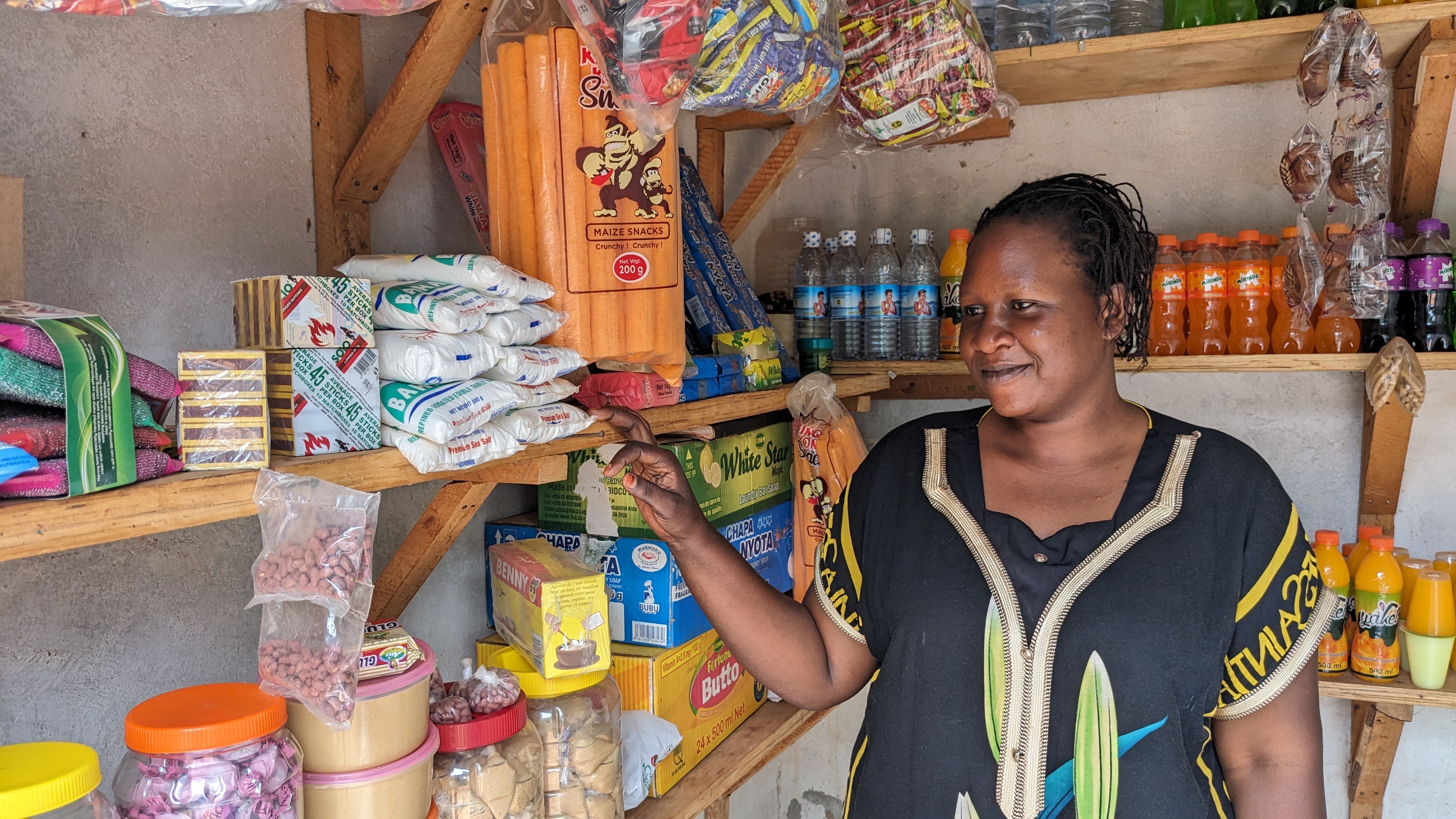Donors have been asking us why they can’t direct online donations to pay for fundraising, which could potentially generate tremendous leverage for them (details below). It’s a fair question. Here’s how we think about it.
For context, we’re not happy with the status quo in which donors typically have very little information about how their dollars will be used. For instance, Marc Gunther questions the hidden, labyrinthine cost structures of many NGOs. We’ve set a goal for GiveDirectly of providing at least as much concrete, specific information as any other nonprofit about (i) how a donated dollar will be used and (ii) what we can expect the impacts to be.
For the core service we offer – sending money directly to the extreme poor – we feel good about the information we provide. Our cost structure has held stable over the years as we’ve grown and routinized processes, and we have high-quality experimental evidence vetted by leading scholars on the impacts that transfers have (with more on the way). We feel confident that a thoughtful donor with 10-15 minutes to browse our site can get reasonably informed about the costs and benefits of giving directly. Many do.
Fundraising, on the other hand, is a more speculative undertaking.
The returns are likely very high. Historically we have spent about $0.02 per dollar raised. If we’re able to keep that up, it means we can turn $1 into $50 send to the poor (with an average lag of probably around 12 months, our planning / budgeting cycle for fundraising). Even if we discount future transfers at the high rate we think the poor can earn on capital (~30%), and even if we assume that ~50% (say) of the marginal money we raise would otherwise have gone to an equally good cause (conservative given data we’ve seen), this is still a 17x multiplier – a tremendously leveraged way to give.
But these returns are highly uncertain. We’ve only recently begun to build out our fundraising team, which is in the early stages of testing a wide range of approaches for growing revenue. It’s too early to tell how those bets will pay off. Naturally, we have tons of confidence in the team – but that’s what you’d need to have to make these bets. You’re betting on the people, not on the model. The model is TBD.
Because of this we’ve limited participation in our fundraising to budget to donors who have time to engage in person and in detail, and make larger investments. We’d prefer to work with donors who can meet with the team, walk through their plans, and assess the risks and benefits much as an investor in an early-stage business would. This leaves us confident that they know what they are getting into, and also forces us to make sure our gambits make sense.
Reasonable people could disagree on this one, and we may well revisit it down the road. For now, we encourage you to debate it thoughtfully / vent on social media.

